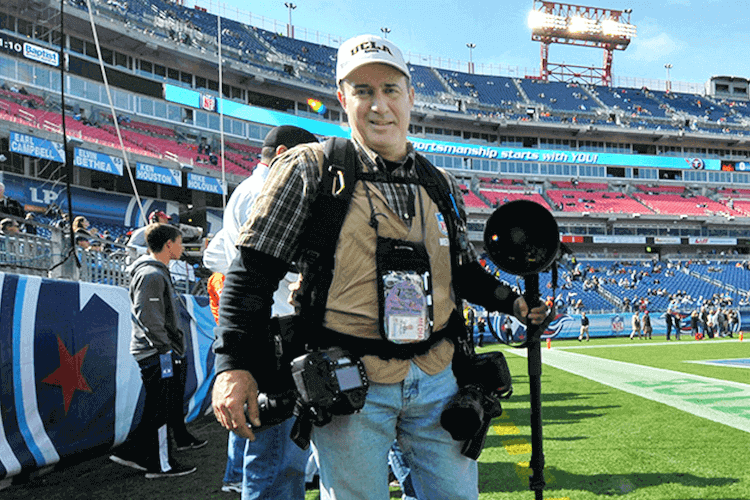This week we were honored to interview an inspiring and talented photographer Ami Vitale, who’s photo stories will undoubtedly touch your heart. Ami is a Nikon Ambassador and photographer with National Geographic magazine. She garnered prestigious awards from World Press Photo. In this interview she shares her beginnings in photography, and gives inspiring advice! Ami is currently raising money on Omaze for rhino protection, the winner can win a Nikon camera, personal workshop with her and safari to Kenya, all expenses paid, so check it out!
How did you start photography?
As a young woman, I was painfully shy, gawky and introverted. When I picked up a camera, it gave me a reason to interact with people and take the attention away from myself. It empowered me and in the beginning, it was only a passport to learning and experiencing new cultures. Now it’s much more than that. Photography is powerful. It transcends languages.
Photography is powerful. It transcends languages.
It has become a tool for creating awareness and understanding across cultures, communities, and countries, a tool to make sense of our commonalities in the world we share. It can amplify others’ voices and has this instant ability to connect people. I’ve been on a mission to tell stories that remind us all of how much we share, rather than simply emphasize our differences.
If you could give one advice to new photographers, what would that be?
There is a beautiful, universal truth and, if you peek under the veil, you’ll find a wondrous commonality between us. I hope that everyone as they travel through the world with a camera uses it not just as an extension of our eye but also as an extension of our heart. Each and everyone of us has the capacity to make an impact on our world but we must treat other humans with empathy. Yes, the challenges are formidable but no time in human history has there been a greater awareness and opportunity for transformation.
Secondly, it’s a tough job if you are serious about it, and you have to be serious about it if you want to make a living at it. The truth is, very little “clicking” happens and it’s not only about travel. I travel to some amazing places but the secret is about going deep and revealing more than just an “exotic” image.
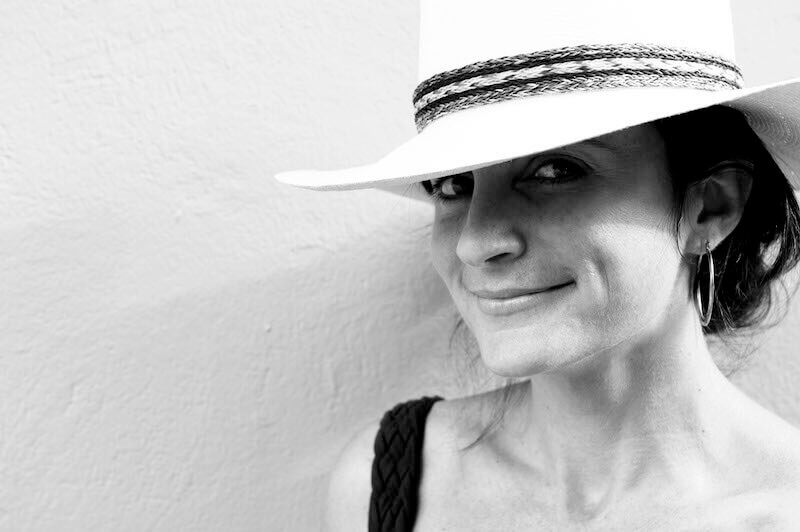
One percent of my job is about taking photos. The rest is sheer hard work, planning, researching, editing, negotiating and finding unique ways to tell stories. The trick is to get access to places that no one else can get to, and the secret to this is to know your subject better than anyone else. So my advice to those who dream about this is to find a story close to you – maybe even in your backyard – and make it yours. You don’t need to travel abroad. What you do need to do, however, is telling a story better than anyone else can, using your own unique perspective. If you find your own story and show complete and utter dedication, then you will find a way to carve out a career.
One percent of my job is about taking photos.
Ninety-nine percent of telling a great story is the research and getting access. Very little of the work is actually taking photos. Stories evolve and get richer with time. Sticking with a story for years helps you understand the complexities, characters and issues that are not always immediately obvious. I’m a really slow photographer. I go back and go back and spend so much time with people. Earning trust is the most important thing.
You’ve got to have people trust you enough to let you into those special moments. I spend so much time explaining why I’m doing this and why it’s important. Only after they understand that and give me access do I bring the cameras out.
What’s the country that left you the biggest impact as a photographer?
They are all special. I spend years on each story. From Guinea Bissau to Kashmir, the panda story and now my work in Kenya about indigenous communities protecting wildlife.
What was the funniest event you remember shooting animals?
Ironically, one of the more challenging stories was the panda story. The biggest challenge was getting access to one of the world’s most endangered animals. This is a very rare, finicky endangered animal with teeth and claws. With only a few thousands in the world, the Chinese treat it as a national symbol, and each panda is closely guarded and watched. They are multi–million dollar bears that everyone treats with kid gloves, and they are highly vulnerable. Getting close, without interfering with their biology and conservation, and in a way that is acceptable to its very protective minders was challenging. It was not just about getting access and gaining local trust, but also about being able to work with a wild animal. I pushed the boundaries on getting close to these animals. In addition, I spent much of her coverage suited up in a panda costume (scented with panda urine) like the staff, in order to blend in.
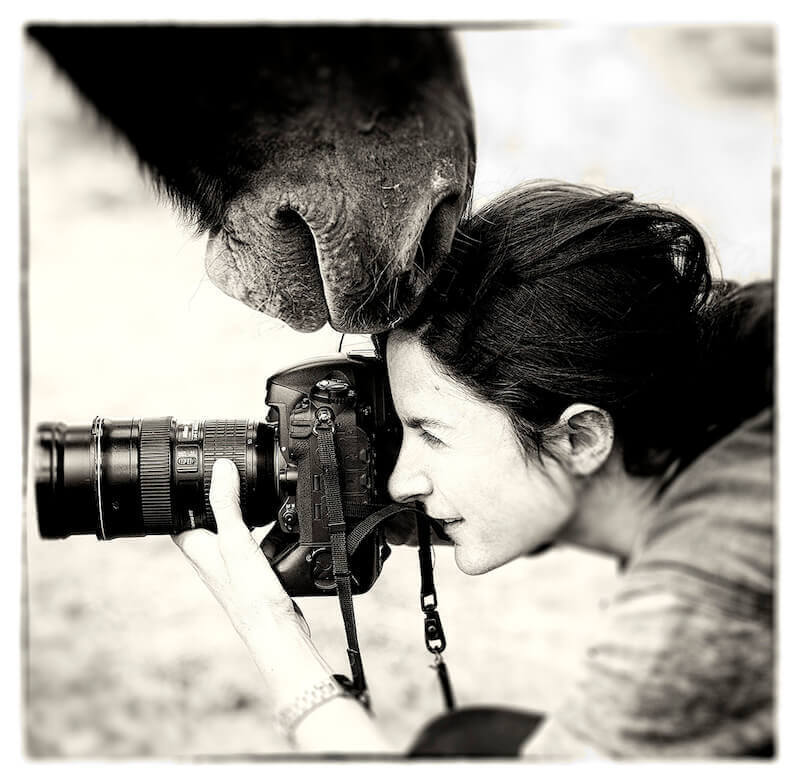
People forget the “wild” in” wildlife. We forget that a giant Panda bear is actually a bear. The temptation is to get up close and personal with wild animals but these interactions can have lethal consequences. The most important way to learn about wildlife is to keep your distance and be respectful.
Finally, how could I possibly create anything that might surprise our readers? The panda may be the most recognized, and the most photographed animal alive on the planet. It is not that anyone hasn’t seen a picture of a panda, we all have. Zoos pay millions for these panda “ambassadors” on loan from China and they never fail to attract a crowd. After going to China multiple times, getting to know the people, getting to understand the pandas and learning to really think like a panda, this story blew my mind. It’s hard to imagine but these animals were once as mythical and elusive as Bigfoot. They have been around for millions of years, but were only discovered within the last century. The first one was captured alive in 1936.
If you had to use only one camera and one lens, what it would be?
Nikon z7 and 24-70mm 2.8.
What’s the thing you appreciate the most about being a photographer?
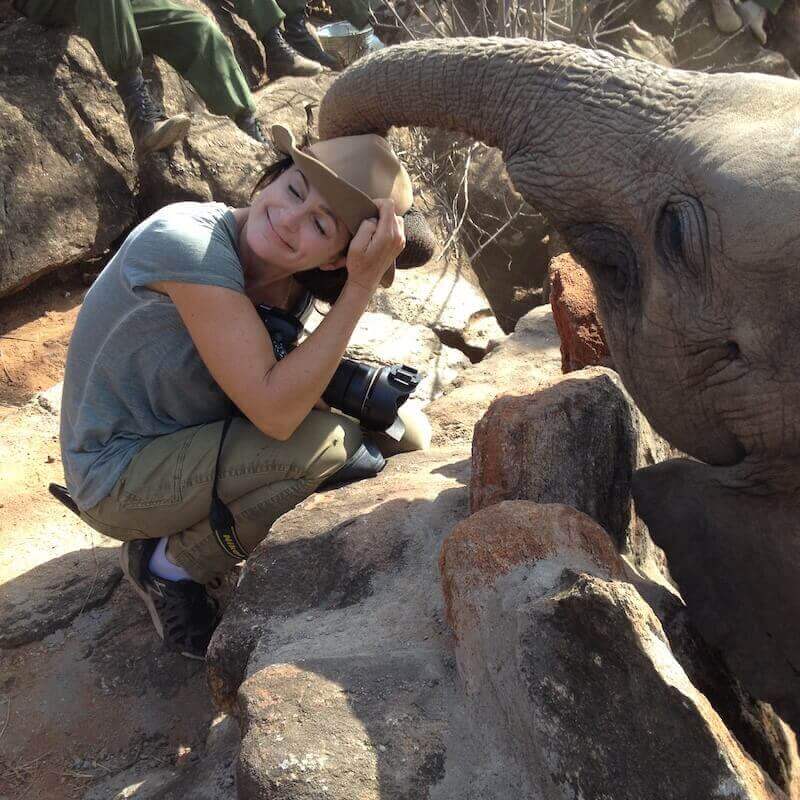 What keeps me going is believing that we have a great responsibility, an obligation, to illuminate the things that unite us as human beings rather than simply emphasize our differences. We cannot afford to view the world through an optic of fear and hate because if we only tell stories through our own paradigm of values, we justify the existing divisions in our world. I believe that change will never happen unless we have empathy for those who have a different viewpoint than our own. The way to common ground is by seeing ourselves in others.
What keeps me going is believing that we have a great responsibility, an obligation, to illuminate the things that unite us as human beings rather than simply emphasize our differences. We cannot afford to view the world through an optic of fear and hate because if we only tell stories through our own paradigm of values, we justify the existing divisions in our world. I believe that change will never happen unless we have empathy for those who have a different viewpoint than our own. The way to common ground is by seeing ourselves in others.
Ami’s work you can follow on Instagram, YouTube and classes on Skillshare. You also are very welcome to participate in these events and workshops:
And here’s her book with amazing Panda photos taken in China!

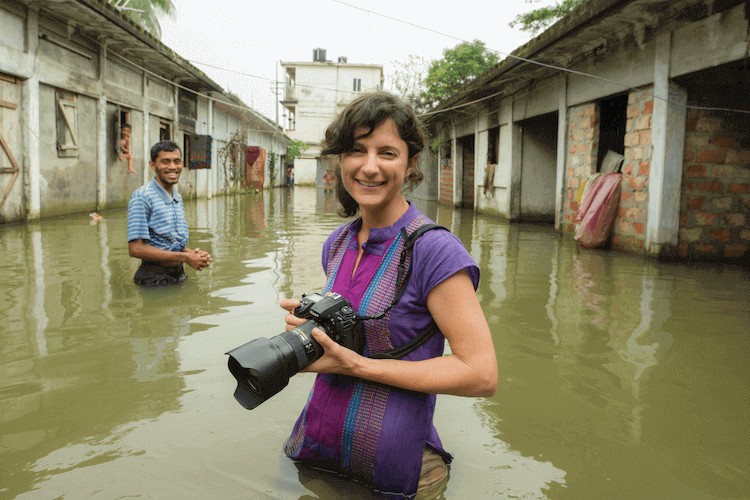
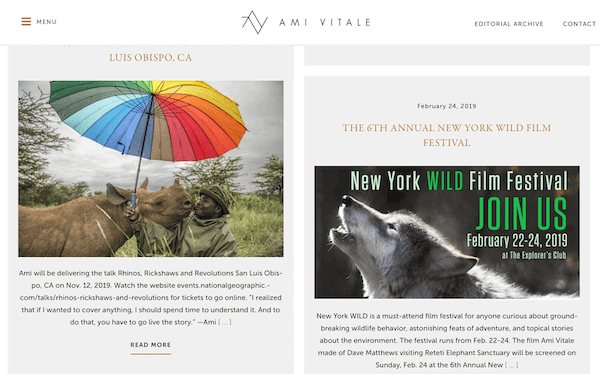
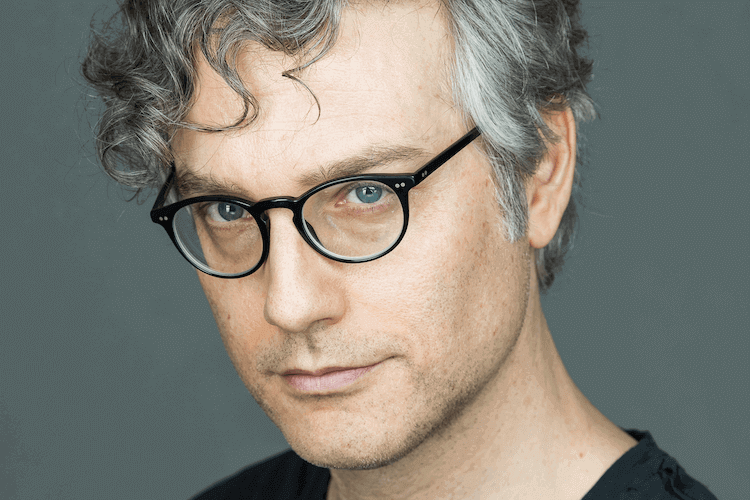 Interview With American Photographer, Journalist Daniel Krieger
Interview With American Photographer, Journalist Daniel Krieger